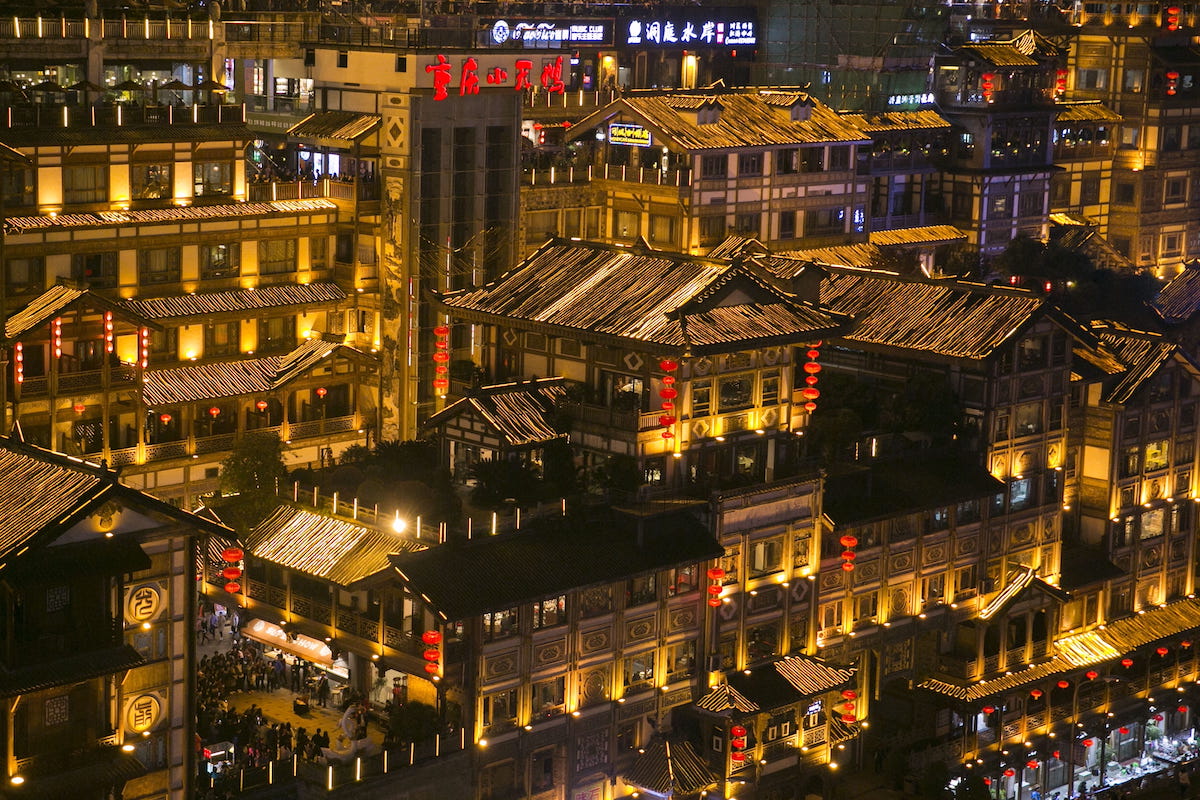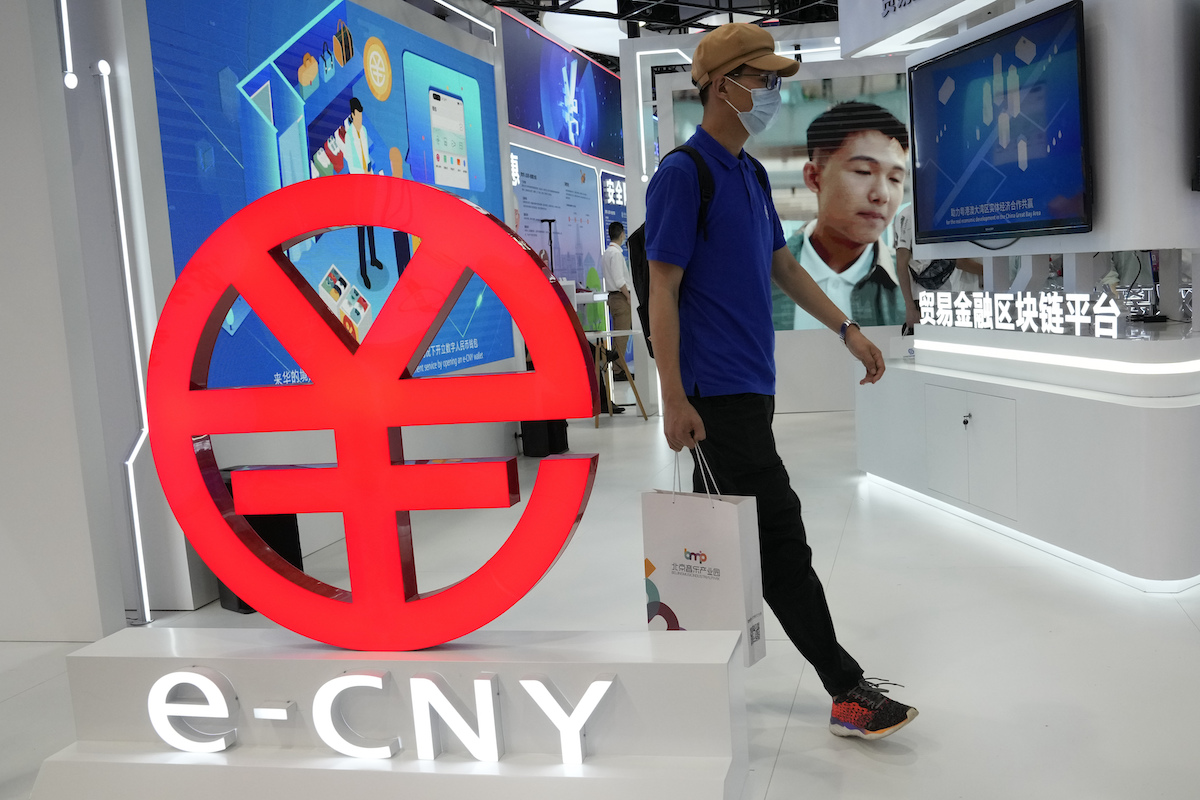Many businesses and countries have been struggling to meet the demands brought forth by the pandemic. Increased demand, less resources and less labour have all contributed to the extensive strain put on the global supply chain.
China in particular has been seeing the effects of the global supply chain crisis, which is hitting hardest amongst its manufacturing industries. Recently, China has been forced to ration its own power and electricity despite its vast array of power plants. The reason has to do with coal—China’s main fuel source for electricity.
Coal consumption skyrocketed during the first half of 2021 due to energy-intensive, industry-driven demands that came from the effects of COVID-19 lockdowns in 2020. Now, thermal coal has tripled in price, with many of the domestic coal mines seeing as high of a drop in volume as 17.7%.
High coal prices aren’t the only issue. Normally, higher coal and energy prices get placed on the consumer, especially in the U.S. In China, however, electricity utility rates are capped. This means that power plants lose profits with higher prices and have no means to balance the numbers, putting them on the brink of financial collapse—and creating blackouts all across the country.
China generated around 53% of the world’s coal-fired power alone in 2020, with 57% of all energy power plants in China relying on fossil fuel to generate power for its citizens and businesses. Additionally, roughly 80% of heating in China is coal-fired, as opposed to electric heating like in the U.S. With winter approaching, many Chinese citizens are concerned over how they might be able to heat their homes.
Industries like textiles and plastics have been hit the hardest, as they require the most energy and need the strictest power rationing. Ge Caofei, a textile-dyeing factory manager, says their local government is rationing power by cutting off electricity 3 out of every 10 days.
These issues compound with China’s dedicated 14th five-year plan to reduce its energy consumption. By 2035, China plans to reduce CO2 intensity by 18%, and reduce its dependence on intensive energy, such as coal, by 13.5%. These goals are implemented through strict government regulation and tight rationing over how much companies and plants are allowed to consume.
Strict power rationing, low coal supply and intermittent blackouts have created severe delays in the industries that rely on these manufacturers. These restrictions have a domino effect that’s disrupting the global supply chain. Demand hasn’t shrunk since the pandemic began, and if anything, has steadily increased. China, unable to keep up with the demand, produced less resources, increased the prices of goods and prevented goods from reaching overseas to fit the high demand.
Currently, China is working hard to get the resources it needs to stay afloat. Companies such as Sinopec Corp and China National Offshore Oil Company are working with U.S. contractors to get liquefied natural gas, in hopes to gather the energy resources it needs.
It’s become clear that as countries and cities around the world begin to reopen and loosen their COVID-19 restrictions, many of the logistics around these surges in demand have fallen to already strained economies that are unable to keep up. While some executives, including JP Morgan’s CEO Jamie Dimon, may state that the supply chain issues will ease soon, there’s serious doubt when the evidence shows major players in the global supply chain don’t have the answers to fix the ongoing issue as it stands.
As winter approaches with the holiday season trailing close behind, there’s many questions left unanswered as to how heavy of an impact these delays will have on an already fragile supply chain. If there’s something on the holiday gift list, it’s a good idea to purchase those items as soon as possible to beat any potential shortages looming on the horizon.




